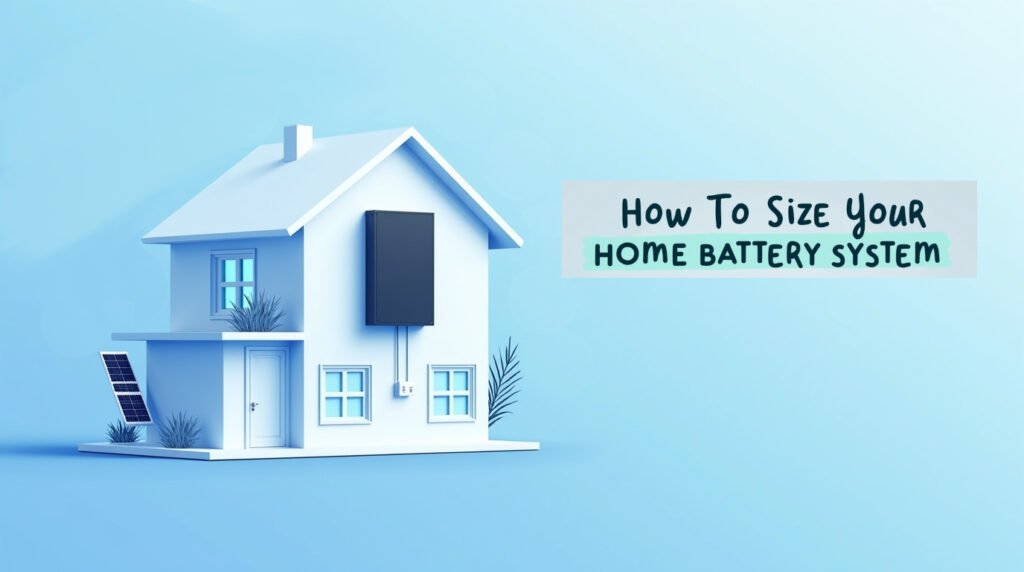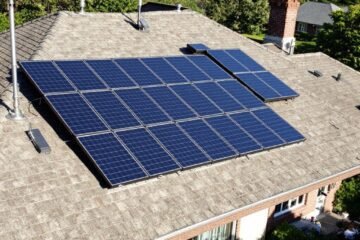
When I first started diving into the world of home energy systems, I’ll admit, I felt overwhelmed. There were so many numbers to crunch, terms to understand, and decisions to make. But once I got the hang of it, I realized it all starts with one thing: understanding your home’s energy needs. Without this, you’re just shooting in the dark—and trust me, that’s not a good place to be. So, let me walk you through what I’ve learned and how to make sense of it all.
Understanding Your Home’s Energy Needs
The first step is to figure out how much energy your home actually uses. I started by pulling up my past utility bills to calculate my average daily kWh usage. Smart devices can also give you a more real-time picture if you’ve got them. But here’s the kicker: it’s not just about the total energy you use over a day. You also need to know your peak demand, which is the maximum power your home uses at any single moment. This is crucial because your battery system needs to handle those spikes.
One thing I totally underestimated at first was the impact of seasonal variations. Turns out, my energy usage nearly doubles in the summer when the AC is running non-stop and in the winter when the heater’s cranked up. If you don’t account for these fluctuations, you might end up with a system that’s too small—and trust me, that’s a headache you don’t want.
Deciding Between Battery Types: Lithium vs. Lead Acid
Once you’ve got a handle on your energy needs, the next big decision is choosing the right battery. I spent weeks researching this, and let me tell you, it’s not as straightforward as it seems. Lithium batteries are the new kids on the block. They’re lighter, more efficient, and let you use up to 80% of their capacity (that’s their DoD, or depth of discharge). But they’re also pricier.
On the flip side, lead-acid batteries are more budget-friendly but come with some trade-offs. Their DoD is only about 50%, and they’re heavier and less efficient. And here’s a pro tip: batteries are often measured in amp hours (Ah) and voltage (V). For example, a 500 Ah battery at 48V gives you a 24 kWh capacity. It’s like learning a new language, but once you get it, it’s super helpful.

Calculating Your Battery System’s Required Capacity
Alright, this is where things got a little math-heavy for me, but stick with me—it’s worth it. To figure out how much battery capacity you need, you’ve got to factor in your daily usage, the battery type, and some inefficiencies. For lead-acid batteries, multiply your daily usage by 2 because of their 50% DoD. For lithium batteries, multiply by 1.2 (their 80% DoD) and then add an inefficiency factor, usually around 5%.
For example, if your home uses 10 kWh daily and you’re going with lithium, you’d calculate it like this: (10 x 1.2 x 1.05 = 12.6) kWh. And don’t forget to account for seasonal variations and potential power outages. Think of it as building in a safety net—because Murphy’s Law is always lurking.
Using Software and Tools for Accurate Sizing
If all this number-crunching is making your head spin, don’t worry. There are tools that can do the heavy lifting for you. I stumbled across HOMER software, and it’s been a game-changer. It helps optimize your system by analyzing things like solar and battery configurations to find the most cost-effective setup. There are also solar design tools from companies like SunWatts that simplify the process. Believe me, these tools save you time and sanity.
Wrapping It All Up
At the end of the day, getting your home energy system right is all about understanding your needs, choosing the right components, and planning for the unexpected. Oh, and don’t forget to consider things like backup generators or how temperature affects your batteries—cold weather can really throw a wrench in the works. It’s a lot to think about, but once you’ve got it dialed in, the peace of mind is totally worth it. Happy energy planning!
FAQ
- Q: What factors should I consider when sizing a home battery system?
A: Consider your daily energy consumption, peak power requirements, backup needs during outages, and the size of your solar panel system (if applicable).
- Q: How do I calculate the battery capacity I need?
A: Review your electricity bills to determine your average daily usage (in kWh) and multiply it by the number of days you want backup power. Account for efficiency losses (typically 10-20%).
- Q: Can I add more batteries later if my needs increase?
A: Yes, many battery systems are modular and allow for expansion. Ensure your inverter and system components can support additional capacity.
- Q: What is the difference between power rating and energy capacity in battery systems?
A: Power rating (in kW) refers to how much electricity the battery can deliver at once, while energy capacity (in kWh) indicates how much energy the battery can store and provide over time.
- Q: Should I size my battery system based on my solar panel output?
A: If you have solar panels, the battery system should ideally store excess solar energy for use at night or during outages. Match the battery capacity to your solar generation and consumption patterns.
- Q: How do I ensure my battery system can handle high-power appliances?
A: Check the power rating of your battery and inverter to ensure they can meet the startup and running power requirements of appliances like air conditioners or refrigerators.
Sources
https://unboundsolar.com/solar-information/battery-bank-sizing


